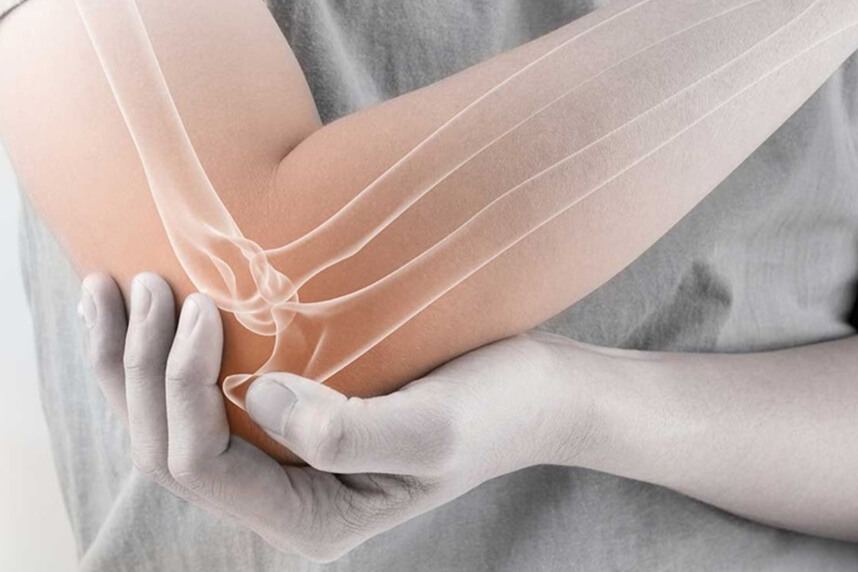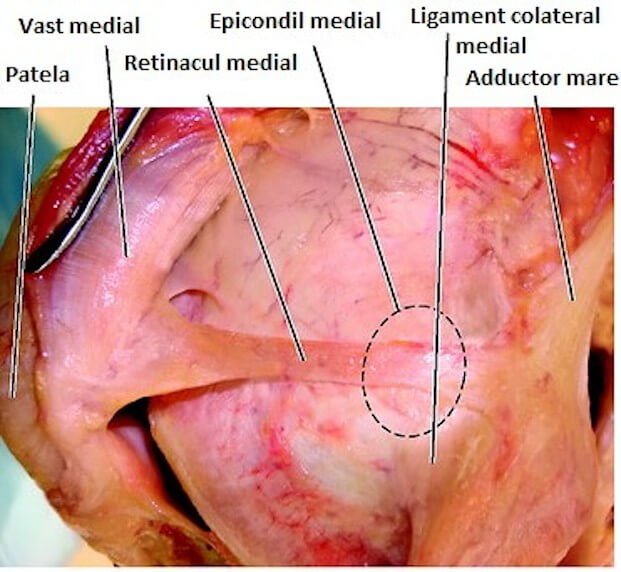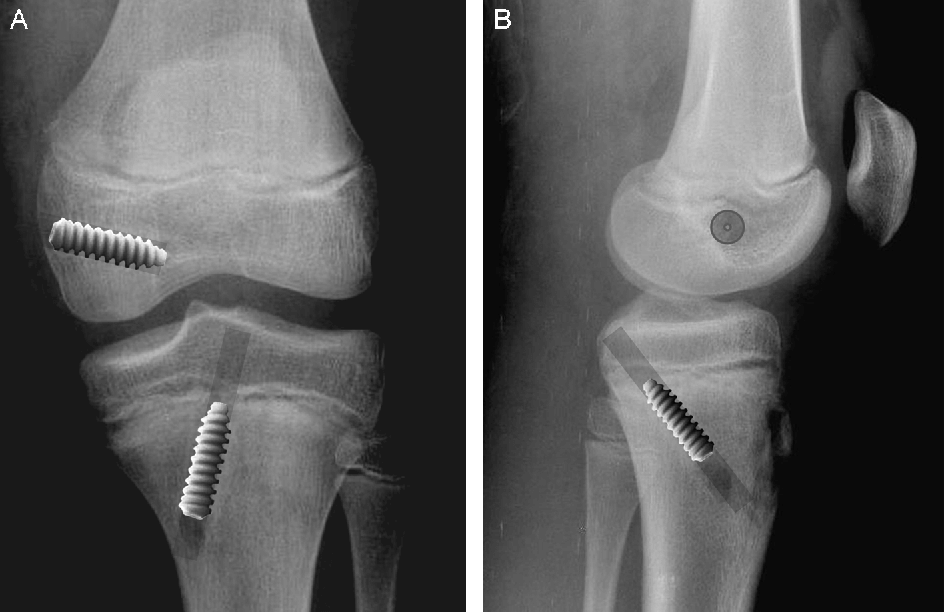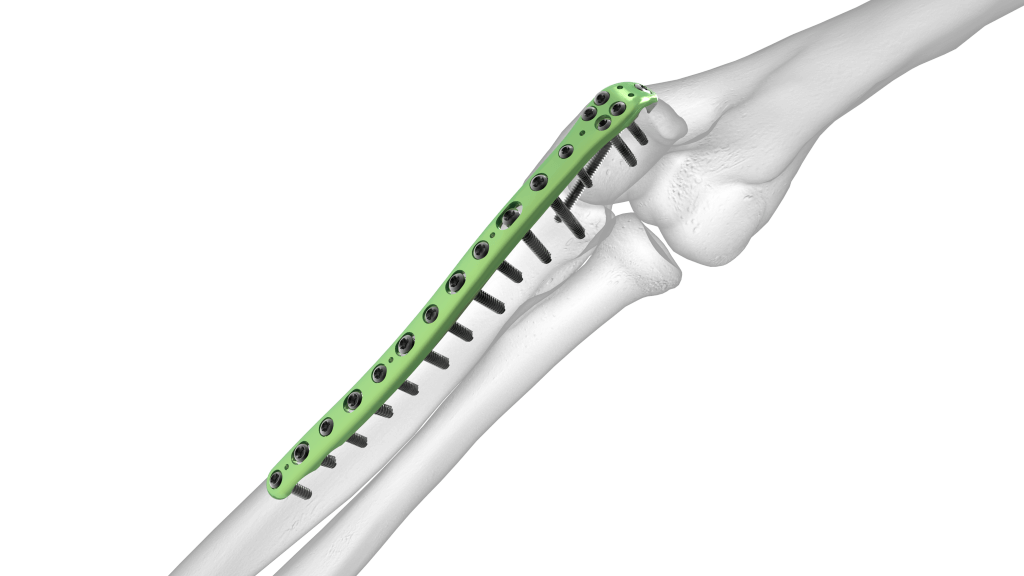
For all traumatic or chronic diseases of the musculoskeletal system, the Centrokinetic private clinic in Bucharest is prepared with an integrated Orthopedic Department, which offers all the necessary services to the patient, from diagnosis to complete recovery.
The Department of Orthopedic Surgery of Centrokinetic is dedicated to providing excellent patient care and exceptional education for young physicians in the fields of orthopedic surgery and musculoskeletal medicine.
Centrokinetic attaches great importance to the entire medical act: investigations necessary for correct diagnosis (ultrasound, MRI), surgery, and postoperative recovery.
Discover the open MRI imaging center in our clinic. Centrokinetic has a state-of-the-art MRI machine, dedicated to musculoskeletal conditions, in the upper and lower limbs. The MRI machine is open so that people suffering from claustrophobia can do this investigation. The examination duration is, on average, 20 minutes.
The olecranon is the proximal region of the ulna, up to the coronoid process. Olecranon fractures are relatively common fractures of the upper limb, which can occur in young people as a result of direct, intense trauma (falling directly on the elbow: bicycle, roller, plate, football, rugby), or indirect injuries. strong contractions of the brachial triceps muscle in a fall on the hand with the elbow stretched can cause tearing of the olecranon), as well as in the elderly due to milder injuries.
.jpg) | .jpg) |
Non-surgical treatment is usually indicated for:
- fractures with displacement <2mm, and the treatment consists of 60-90 degrees immobilization of elbow flexion for 3 weeks and the beginning of physical therapy with limited flexion and extension movements, after 2 weeks of immobilization.
- all elderly patients (> 75 years), regardless of movement, because even if part of the elbow extension will be lost, the functional result is often adequate. However, age is not an absolute criterion to contraindicate surgery, but the patient's collateral diseases (history of myocardial infarction, diabetes, stroke, advanced osteoporosis).
The factors that influence the surgical treatment, the chosen technique, and the operative moment, are:
- the degree of comminution of the fracture - a comminuted fracture may require reconstruction with a plate and screws, while a simple fracture can be fixed by the hobanage method (brooches and wire).
- the degree of osteoporosis, which sometimes makes us think of firmer methods of fixing the fracture.
.png)
Surgical technique
Locoregional anesthesia is chosen, at the level of the brachial plexus, which involves a latero-cervical or axillary injection, through which the limb is anesthetized for 12 hours.
An incision of about 5-7 cm is made on the dorsal face of the elbow, centered on the fracture focus. After hemostasis and careful dissection of the subcutaneous tissue, the insertion of the brachial triceps muscle and the ulnar nerve is highlighted.
The focus of the fracture is highlighted and the characteristics of the lesion are quantified.
The fracture is reduced and fixed by the following methods:
- Hobanage method: after reducing the fracture, 2 threaded brooches are inserted, under radiological control, from the proximal to the distal fragment, subsequently the fixation being super stabilized with a wire. Also, a 4.5 or 6.5mm partially threaded screw can be used depending on the dimensions of the ulnar canal.
.png) | .jpg) |
- Fixation with anatomically premulated plate and screws Our medical team prefers this method of fixation due to the superior quality of the implant. The plate is made of titanium and fits perfectly on the bone surface. The assembly is stabilized with 6-8 3.5mm screws.

.jpg)
Post surgery
After the intervention, the patient remains hospitalized for 1 day. He will receive pain medication and antibiotics during his hospitalization. The operated limb is not immobilized, the patient is advised not to make elbow movements, except the fist and fingers.
Patients will wear a compressive bandage at the elbow for 5 days and will use a special hinged orthosis, which can be easily removed for personal hygiene. Patients can return to daily activities in a maximum of 4-6 weeks.

At home
Although recovery after this operation is much faster than classic intervention, it will still take a few weeks for you to fully recover. You should expect pain and discomfort for at least a week postoperatively.
You must be careful not to force the operated area by making very wide flexion and extension movements in the first weeks because the pain and discomfort can worsen. You can take a bath, but without wetting the bandage and incisions. The threads are suppressed at 14 days postoperatively.
At 6 weeks postoperatively, an x-ray is necessary to see how the affected joint heals. Driving is allowed after 6 weeks, and hard physical work after 12-16 weeks.
Physical therapy plays a very important role in the rehabilitation program, and the exercises must be followed by a physical therapist until the recovery period ends.
It is very important to follow the recovery program strictly and seriously for the surgery to be a success. Our medical team works, on average, 18-24 weeks with the patient until the complete recovery of the operated area.

Following any surgery, medical recovery plays an essential role in the social, professional, and family reintegration of the patient. Because we pursue the optimal outcome for each patient entering the clinic, recovery medicine from Centrokinetic is based on a team of experienced physicians and physical therapists and standardized medical protocols.

MAKE AN APPOINTMENT
CONTACT US
MAKE AN APPOINTMENT
FOR AN EXAMINATION
See here how you can make an appointment and the location of our clinics.
MAKE AN APPOINTMENT

































































































































